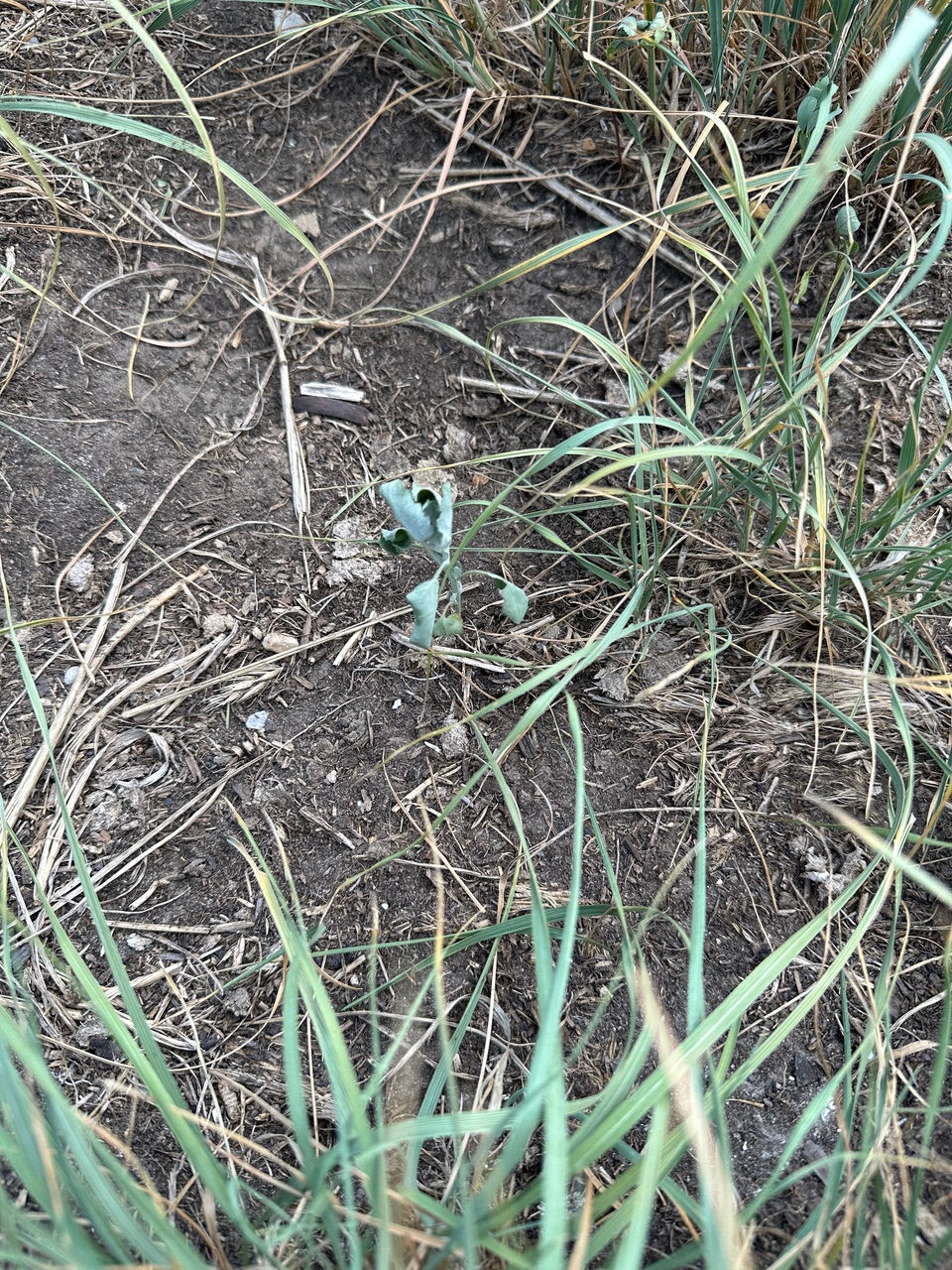Innovation in Action: Pasture Rejuvenation at Shipwheel for the 2024 Growing Season
- communications8404
- Oct 23, 2024
- 2 min read
At Shipwheel Cattle Feeders, innovation is rooted not in flashy tools, but in thoughtful integration of best management practices (BMPs) to solve practical problems. This year’s growing season marked another example of this ethos in motion—an attempt to rejuvenate a well-used grazing cell dominated by Russian wild rye, a species offering decent productivity (approximately 100 animal days per acre) but lacking the diversity Shipwheel seeks to foster in their pastures.
The Challenge: Boosting Biodiversity Without Sacrificing Carbon
Faced with a stand dominated by a single species, the team sought to increase diversity without resorting to full renovation via tillage—an approach that risks releasing valuable soil carbon. Instead, they opted for a more regenerative strategy: to inter-seed new species directly into the established stand and let biology and grazing work in their favor.

The Approach: Blending BMPs for Biodiversity
The experiment had two seeding treatments:
A diverse pollinator blend (legumes, grasses, and flowering species)
Red clover alone
Each treatment was trialed with three variations of seed inoculation:
High fungal compost from an on-farm Johnson-Su bioreactor
On-farm-produced worm castings
No inoculant (control)
This design allowed the team to test the synergistic effects of biological amendments on seed establishment in a competitive forage stand.
Timing and Tactics: Working With Nature
Seeding commenced just after a heavy rainfall—timed to take advantage of optimal soil moisture. Immediately following this, an intensive mob grazing session was implemented. This served a dual purpose: giving the newly seeded species a competitive edge against the established Russian wild rye and pressing seeds into the soil with the hooves of livestock—a practical, low-tech planting method.
Foliar Support: Biological Fertility From Within
After germination, foliar applications were introduced to support early plant development. These included compost extracts derived from:
The same high fungal Johnson-Su compost
Worm castings
A control with no foliar application
As with the seed inoculants, all compost inputs were produced on-farm, exemplifying a closed-loop system where biological fertility is generated and applied within the farm's own ecosystem.

Early Indicators and Next Steps
By early the following spring, signs of change began to emerge. Clover was observed establishing itself, and the Russian wild rye appeared less clumpy—perhaps an early indicator of improved competition and root diversification. Soil sample results are pending and will offer further insight into how these biological practices influence soil health indicators over time.
Why It Matters: Documenting for Replication
This trial embodies the principles of regenerative agriculture: low disturbance, integration of livestock, fostering biodiversity, and leveraging on-farm biology. It also demonstrates the courage to try, test, and iterate—a key ingredient for innovation. Whether or not all treatments prove successful, the process is valuable in itself. By documenting what worked, what didn’t, and what’s still uncertain, Shipwheel contributes to a growing body of grassroots experimentation from which others can learn.
Framing the Innovation
This project can be viewed through multiple regenerative lenses:
Pasture Rejuvenation
Legume Introduction in Forage Stands
Animal Integration for Establishment
Closed-Loop Fertility Systems
Application of Biological Amendments
Pollinator Habitat Development
Cocktail Cover Crops in a Livestock Feed Context
In this way, Shipwheel continues to build on its legacy—not through prescriptive solutions, but through a commitment to innovation grounded in ecological processes.
Comments